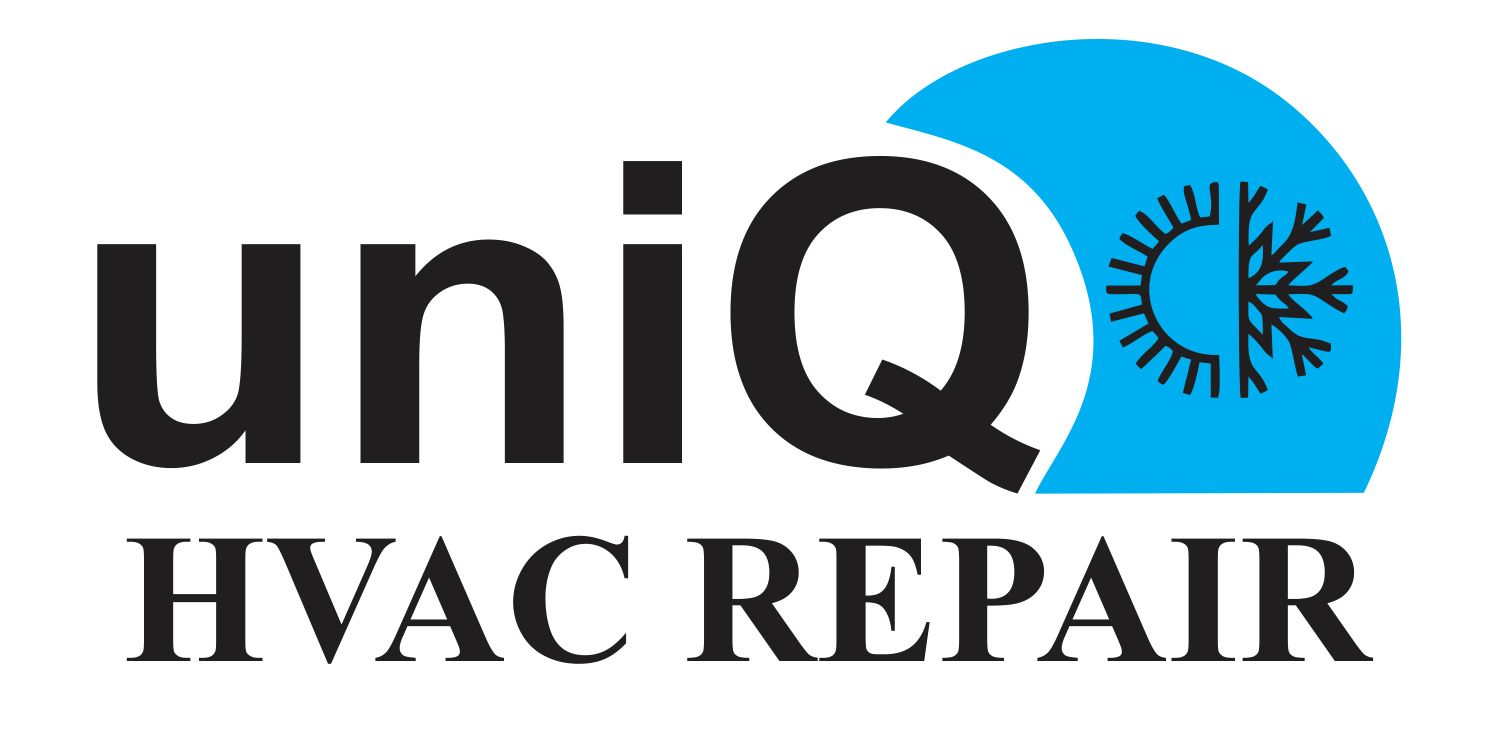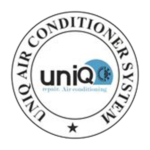AC Troubleshooting Guide: AC Not Turning On – Causes and Solutions
A malfunctioning air conditioner that refuses to turn on can be a source of discomfort, especially during hot summer months. When your AC fails to start, it’s essential to identify the root cause and implement the necessary solutions. In this comprehensive guide, we will explore the common reasons why an AC might not turn on, step-by-step troubleshooting, and the potential DIY fixes to get your cooling system up and running again. By understanding the possible causes and solutions for an AC not turning on, you can regain comfort in your home without unnecessary delays or expenses.
Table of Contents
- The Importance of a Functioning AC System
- Maintaining indoor comfort
- Improving indoor air quality
- Protecting against heat-related health issues
- Enhancing energy efficiency
- Common Reasons Why Your AC Won’t Turn On
- Thermostat issues
- Electrical problems
- Tripped circuit breaker or blown fuse
- Capacitor problems
- Refrigerant issues
- DIY Troubleshooting for an AC That Won’t Start
- Step 1: Check the Thermostat
- Step 2: Verify the Power Source
- Step 3: Inspect the Circuit Breaker
- Step 4: Examine the Capacitor
- Step 5: Clean or Replace Air Filters
- Step 6: Check for Refrigerant Leaks
- Step 7: Inspect Wiring and Connections
- When to Seek Professional Help
- Complex electrical issues
- Refrigerant problems
- Compressor or motor failure
- Warranty considerations
- Preventive Measures for Maintaining a Reliable AC System
- Regular professional maintenance
- Promptly address issues
- Protect your outdoor unit
- Upgrade to a programmable thermostat
- The importance of a fully operational AC system
- The value of proactive troubleshooting and maintenance
- Regaining comfort and energy efficiency in your home.
1. The Importance of a Functioning AC System
A functional air conditioner is more than just a luxury; it’s an essential component of a comfortable and healthy living environment. Here’s why a functioning AC system is crucial:
Maintaining Indoor Comfort: An AC system ensures that your indoor spaces remain cool and comfortable, especially during scorching summer heat.
Improving Indoor Air Quality: AC systems equipped with filters help remove allergens, dust, and pollutants from the air, improving indoor air quality.
Protecting Against Heat-Related Health Issues: Extreme heat can lead to heat-related illnesses. A working AC system helps protect against these health risks, especially for vulnerable individuals.
Enhancing Energy Efficiency: A well-maintained AC system operates efficiently, reducing energy consumption and lowering your utility bills.
When your AC refuses to turn on, addressing the issue promptly is essential to maintain indoor comfort and health.
2. Common Reasons Why Your AC Won’t Turn On
When your AC system doesn’t start, several common issues might be the culprit. Understanding these potential causes can help you troubleshoot effectively:
Thermostat Issues: A malfunctioning or improperly set thermostat can prevent your AC from turning on.
Electrical Problems: Faulty electrical connections, wires, or components within the AC system can disrupt the startup process.
Tripped Circuit Breaker or Blown Fuse: An overloaded circuit can trip the circuit breaker or blow a fuse, cutting off power to your AC.
Capacitor Problems: Capacitors are responsible for starting the AC’s motors. If a capacitor fails, the system may not start.
Refrigerant Issues: Low refrigerant levels due to leaks can cause your AC to malfunction and not turn on.
Now, let’s explore each of these issues in detail and how to troubleshoot them.
3. DIY Troubleshooting for an AC That Won’t Start
Before calling a professional technician, you can perform some DIY troubleshooting to determine the cause of your AC not turning on. Here are the steps to follow:
Step 1: Check the Thermostat:
- Ensure the thermostat is set to “Cool” or “Auto” mode and that the temperature setting is lower than the current room temperature.
- If your thermostat has batteries, replace them or ensure they are working correctly.
- Try setting the thermostat a few degrees lower to see if the AC kicks in.
Step 2: Verify the Power Source:
- Check if there is power to the AC unit. Ensure the power switch at the AC unit is turned on.
- Inspect the electrical panel or fuse box for any tripped circuit breakers or blown fuses. Reset the breaker or replace the fuse if needed.
Step 3: Inspect the Circuit Breaker:
- If the circuit breaker trips again immediately after resetting it, there may be an electrical issue within the AC system. In such cases, it’s best to call a professional technician.
Step 4: Examine the Capacitor:
- Locate the start capacitor and run capacitor in your AC unit. These are cylindrical components. Check if they appear swollen or leaking. A damaged capacitor may need replacement by a professional.
Step 5: Clean or Replace Air Filters:
- Dirty or clogged air filters can restrict airflow and cause the AC to malfunction. Replace or clean the filters, and make it a habit to do this regularly.
Step 6: Check for Refrigerant Leaks:
- Inspect the AC unit and refrigerant lines for visible signs of refrigerant leaks, such as oily spots or frost accumulation. If you suspect a leak, contact a professional technician to locate and repair it before recharging the refrigerant.
Step 7: Inspect Wiring and Connections:
- Carefully inspect the wiring and electrical connections in the AC unit. Look for loose or disconnected wires. If you find any, consult a professional technician to address the issue safely.
By following these troubleshooting steps, you can often identify and resolve simple issues that prevent your AC from turning on.
4. When to Seek Professional Help
While some AC problems can be resolved through DIY troubleshooting, certain situations require professional assistance:
Complex Electrical Issues: If you encounter complex electrical problems or suspect a wiring issue, it’s best to leave the diagnosis and repair to a licensed technician.
Refrigerant Problems: Handling refrigerant is hazardous and requires specialized knowledge and equipment. If you suspect refrigerant issues, contact a professional HVAC technician.
Compressor or Motor Failure: When the compressor or motor fails, it typically requires professional diagnosis and replacement.
Warranty Considerations: If your AC unit is still under warranty, attempting DIY repairs or hiring an unqualified technician may void the warranty. It’s advisable to consult the manufacturer’s guidelines and seek professional help when necessary.
5. Preventive Measures for Maintaining a Reliable AC System
To avoid future AC startup issues, consider the following preventive measures:
Regular Professional Maintenance: Schedule annual HVAC maintenance with a qualified technician to ensure your AC system remains in good working condition.

 Please enter your name and phone number below, We will get back to you soon.
Please enter your name and phone number below, We will get back to you soon.